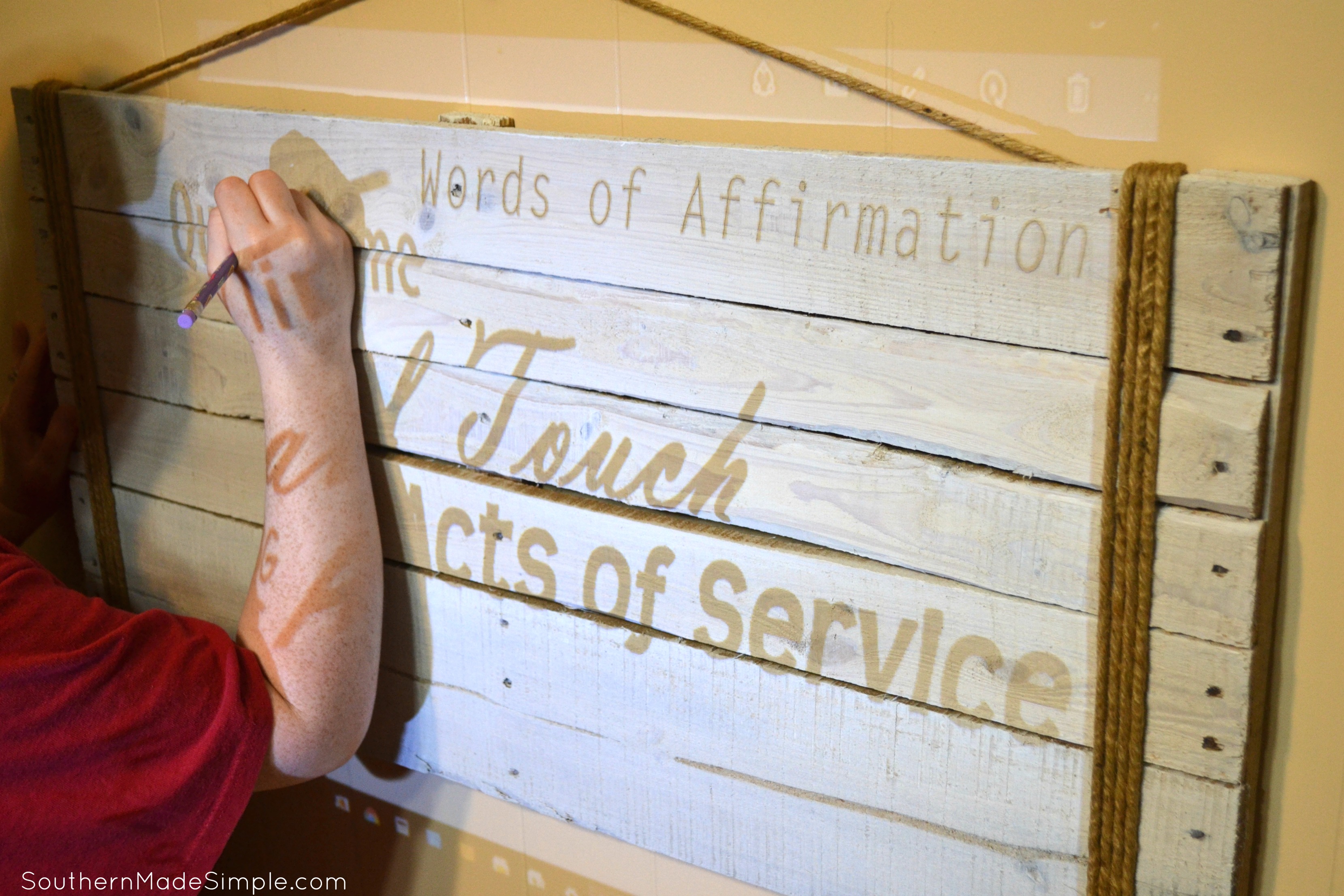When my husband and I married almost 4 years ago, we took part in 3 or 4 premarital counseling sessions offered by our officiant, Bro. Rick. We really didn’t know what to expect the first night, and when we left our first meeting were surprised to find ourselves walking out with a stack of books to read (aka homework). Bro. Rick told us that we’d be learning a new language during our sessions, and we’d be fine tuning the way we talk and communicate with each other.
At first I was caught a little off guard, because I really didn’t think Kyle (my husband) and I needed any “fine tuning”. We truly felt like we knew each other inside and out, backwards and forwards and in all areas in between. After all, we had been dating for 7 years before we said our vows, and we felt certain that life would not really be any different once we were married. Everything would just continue as it always was, but we’d now get to experience the blessings and privileges that husbands and wives share together. We certainly didn’t consider that we’d be learning a new language – especially when it came to love. We were pretty confident that we had that figured out – or so we thought.
Then we opened “The Five Love Languages: The Secret to Love That Lasts” by Gary Chapman, and we quickly started learning things we never knew we didn’t know.

My husband and I communicate in what the book refers to as “love languages”, with each love language having a different dialect. Sound confusing? Let me explain a little further.
Everyone communicates love differently. Some feel most loved when their spouse helps out with things they need. Others feel loved when they’re spending quality one-on-one time with each other, and some may even feel most loved when they’re holding hands or receiving a shoulder rub from their partner. Dr. Chapman has narrowed these languages down into 5 main categories:

That’s all well and good, but what happens when you or your spouse fails to speak in the other’s love language? Unfortunately, it’s likely that someone is going to begin to feel unloved. When love starts creeping out of the marriage, it can be put in serious danger.
Everyone can speak in all 5 love languages, but we each have a primary love language that conveys love more so than the others. My primary love language is quality time. If my husband never knew that this was my primary love language, he’d probably begin to wonder why him buying me cards, candy and flowers on a weekly basis wasn’t making me happy. It’s not that I don’t like those things, it’s just that I feel most loved by his presence and not his presents. Make sense?
So to serve as a daily reminder to ourselves to choose to love our spouse by communicating in their love languages, we set out to make a special art project together to hang in our bedroom highlighting The 5 Love Languages. Each pallet of course has the same words on it, but they’re arranged differently with our primary language being the biggest.
I posted earlier this week about how to whitewash a pallet board. This is the final project that came from that tutorial, and I am so in love with how it turned out! Once we cut the board down to size, we broke out a small projector and cast our languages onto the wall to trace. We’ve found this to be a pretty easy method to trace letters onto boards and pallets, but there’s lots of different methods you can use to do this.

Once the letters were traced we sat down together and started painting. I painted his and he painted mine. It was a nice project to work on together and it provided quality time to sit down and catch up with each other after a long and busy day.
Here’s how they turned out:

Interested in learning more about The 5 Love Languages? Maybe you’re curious about discovering what your primary language is? Just visit 5lovelanguages.com and jump right in! I can guarantee that your marriage and relationship with your spouse will benefit greatly from it!
[the_ad_group id=”278″]
they look fabulous!